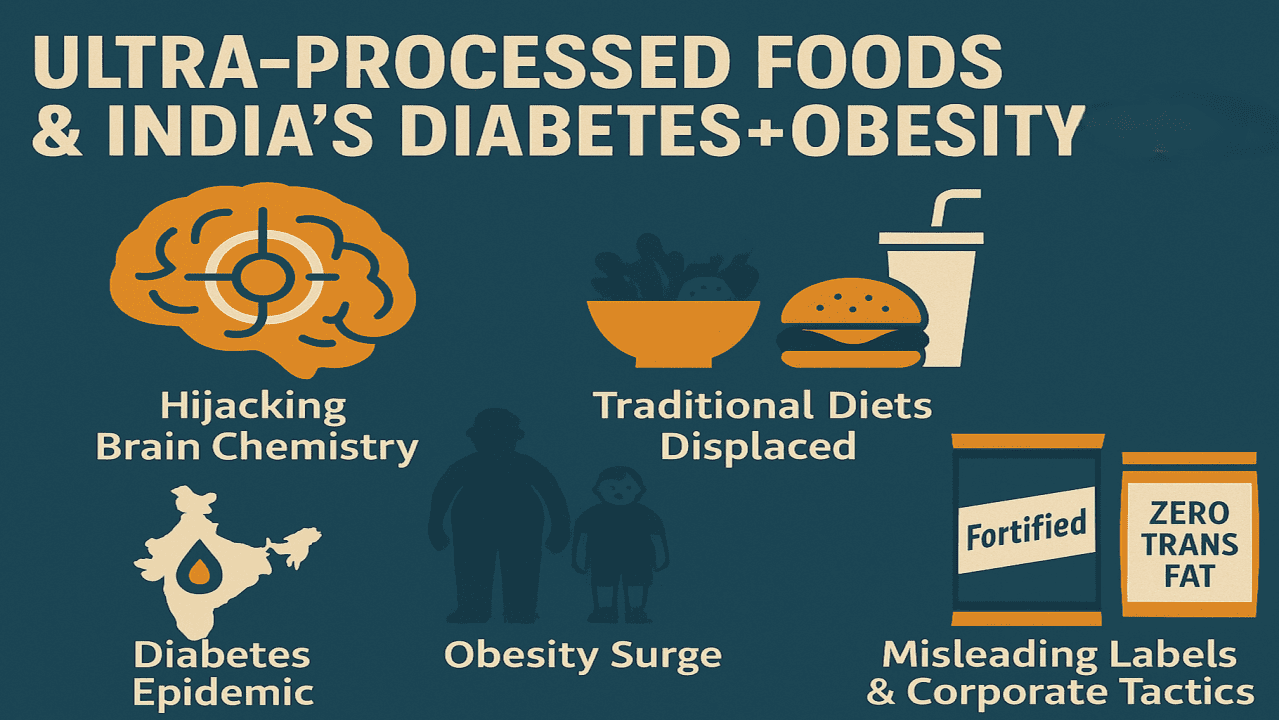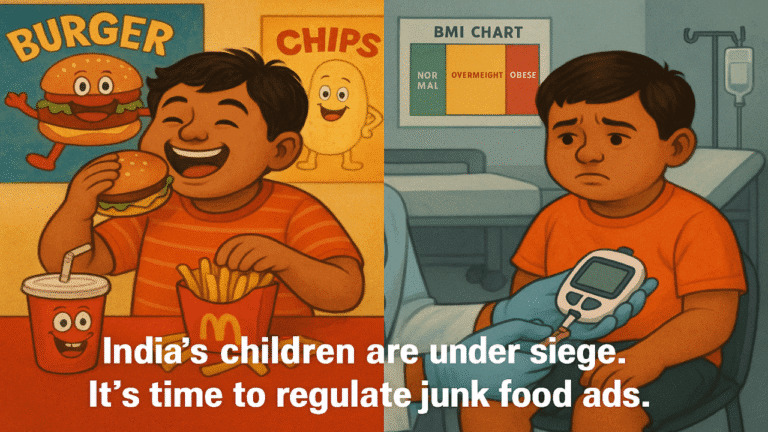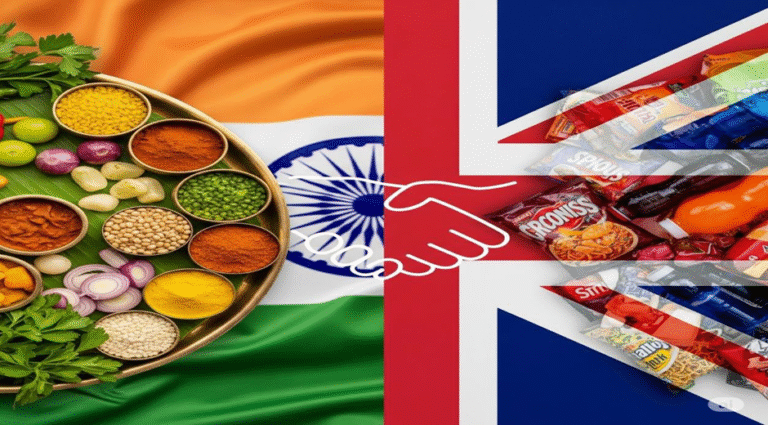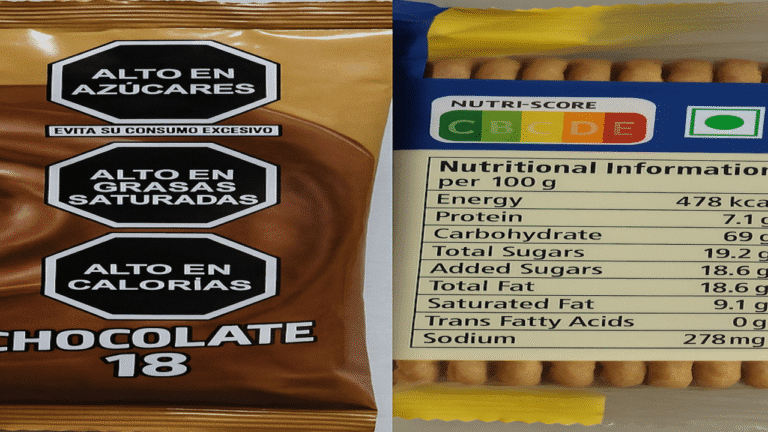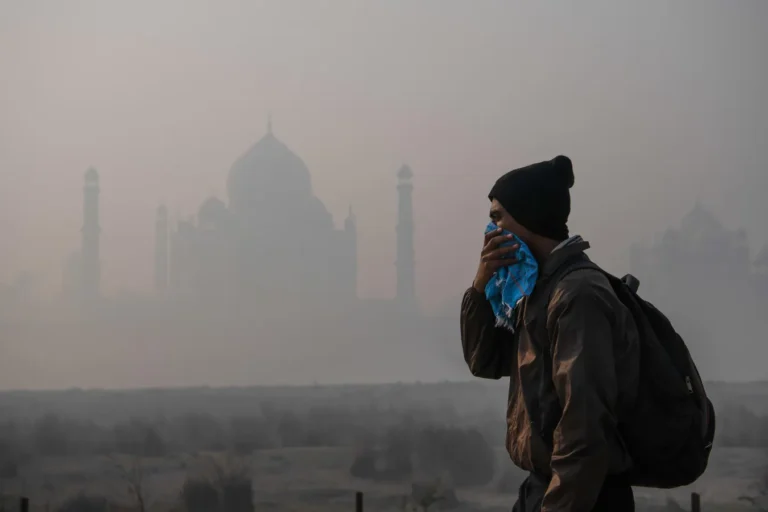The Silent Takeover: How Big Food is Hijacking India’s Diets and Health
India is facing a silent epidemic—one that doesn’t make headlines as often as infectious diseases but is far more insidious. Obesity, diabetes, and metabolic disorders are skyrocketing, not by chance, but by design. Large food corporations have mastered the art of manipulating our tastes, cravings, and even our brain chemistry to push processed, ultra-processed, and junk foods into our daily diets. The result? A nation grappling with worsening public health while Big Food profits soar.
The Science of Addiction on a Plate
In his book The Hacking of the American Mind, Dr. Robert Lustig exposes how the food industry exploits neuroscience to make products irresistible. The same playbook is now being used aggressively in India. Processed foods are engineered to hit the “bliss point”—the perfect combination of sugar, salt, and fat that triggers dopamine release, making us crave more.
Take, for example, the explosion of packaged snacks—chips, biscuits, instant noodles, and sugary drinks—that dominate Indian grocery shelves. These products are not just convenient; they are chemically optimized to override our natural satiety signals. A study by the Centre for Science and Environment (CSE) found that most popular junk foods in India contain dangerously high levels of salt, sugar, and trans fats—far beyond what the body needs or can safely process.
From Home-Cooked Meals to Lab-Created “Food-Like Substances”
India’s traditional diets—rich in whole grains, lentils, vegetables, and spices—are being displaced by hyper-palatable, nutrient-poor alternatives. The shift is not accidental. Aggressive marketing, misleading health claims (“fortified,” “natural,” “zero transfat”), and strategic pricing make processed foods seem like the smarter, modern choice.
Consider breakfast: Instead of poha, upma, or paratha, many urban households now reach for sugar-laden cereals or instant noodles. Children’s tiffins are increasingly packed with cookies and fruit juices (often just flavored sugar water) rather than fresh fruit and homemade snacks. The normalization of these foods is not just changing eating habits—it’s rewiring brains to prefer artificial flavors over real nutrition.
The Diabetes and Obesity Time Bomb
The consequences are dire. India is now the “diabetes capital of the world,” with over 77 million diagnosed cases. Childhood obesity is rising at an alarming rate, setting the stage for a future healthcare catastrophe. The Indian Council of Medical Research (ICMR) warns that unhealthy diets are a leading cause of non-communicable diseases (NCDs), which account for over 60% of deaths in India.
Yet, the food industry continues to deflect blame. Like tobacco companies of the past, they argue that consumers have “free will.” But how free is that choice when foods are chemically designed to be addictive and marketed relentlessly to children?
How to Fight Back: Policy and Personal Action
The solution requires both systemic change and individual awareness.
1. Stronger Regulations
- Ban Misleading Ads: Many junk foods target children with cartoon mascots and false health claims. These should be restricted.
- Clear Warning Labels: Instead of tiny, confusing nutritional info, front-of-pack warnings (like “High in Sugar” or “Unhealthy”) should be mandatory.
- Tax Unhealthy Foods: Just as cigarettes are taxed to discourage use, ultra-processed foods should face higher taxes, with revenues funding public health programs.
2. Reclaiming Our Diets
- Cook at Home: The simplest way to avoid processed foods is to return to home-cooked meals using whole ingredients.
· Read Labels: Food labels are no longer just technical details – they are a matter of life and death. If a product has ingredients you can’t pronounce, it’s probably not real food.
- Demand Better: Consumers must pressure brands and policymakers to prioritize health over profits.
Conclusion: Taking Back Control
Big Food didn’t hijack India’s health overnight—it happened gradually, through relentless marketing, addictive product design, and policy loopholes. But the damage can be undone. By raising awareness, enforcing stricter regulations, and making conscious food choices, we can reverse this crisis before it’s too late.
The battle for India’s health is not just about diet—it’s about resisting corporate manipulation and reclaiming our right to real, nourishing food. The time to act is now

